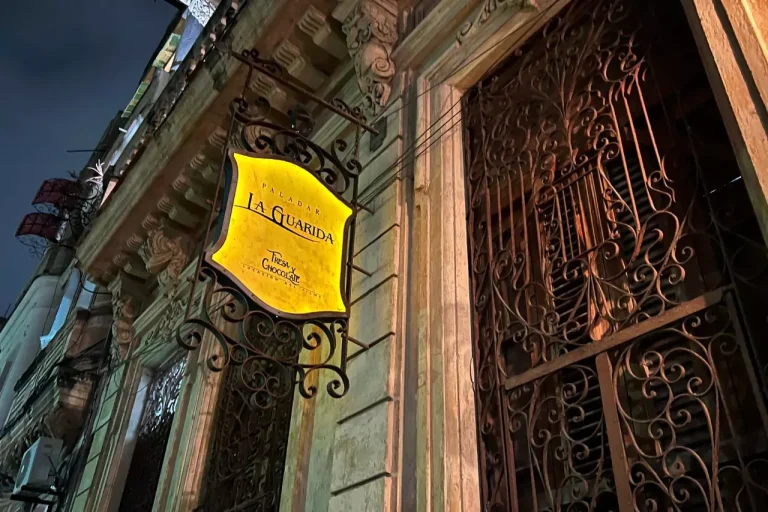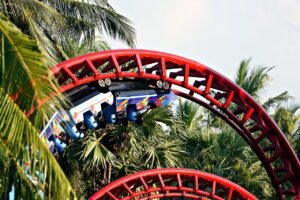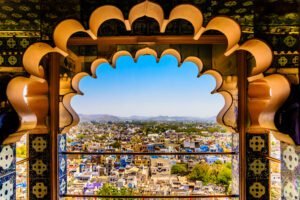This post may contain affiliate links, which means I may earn a small commission from purchased products at no additional cost to you. See my full disclosure here.
Cuba’s culinary scene is rapidly emerging as a vibrant foodie destination, showcasing an array of privately owned restaurants that reinterpret traditional Cuban dishes. Among these culinary hotspots, La Guarida stands out, not only for its exquisite dining experience but also for its rich cultural significance, having gained international acclaim after its appearance in the Oscar-nominated film Strawberry and Chocolate (Fresa y Chocolate).
La Guarida: A Culinary and Cinematic Landmark
La Guarida has a rich history that dates back to its opening on July 14, 1996, when it was established by Enrique and Odeisys Nuñez. Located at 418 Calle Concordia, this iconic restaurant quickly became one of Havana’s most celebrated paladares, known for its exceptional food and vibrant atmosphere. The restaurant gained international fame after being featured in the Oscar-nominated film Strawberry and Chocolate (Fresa y Chocolate), directed by Tomás Gutiérrez Alea and Juan Carlos Tabío. The film’s directors chose La Guarida as the setting for Diego’s apartment, making it a significant landmark in both Cuban cinema and culture.
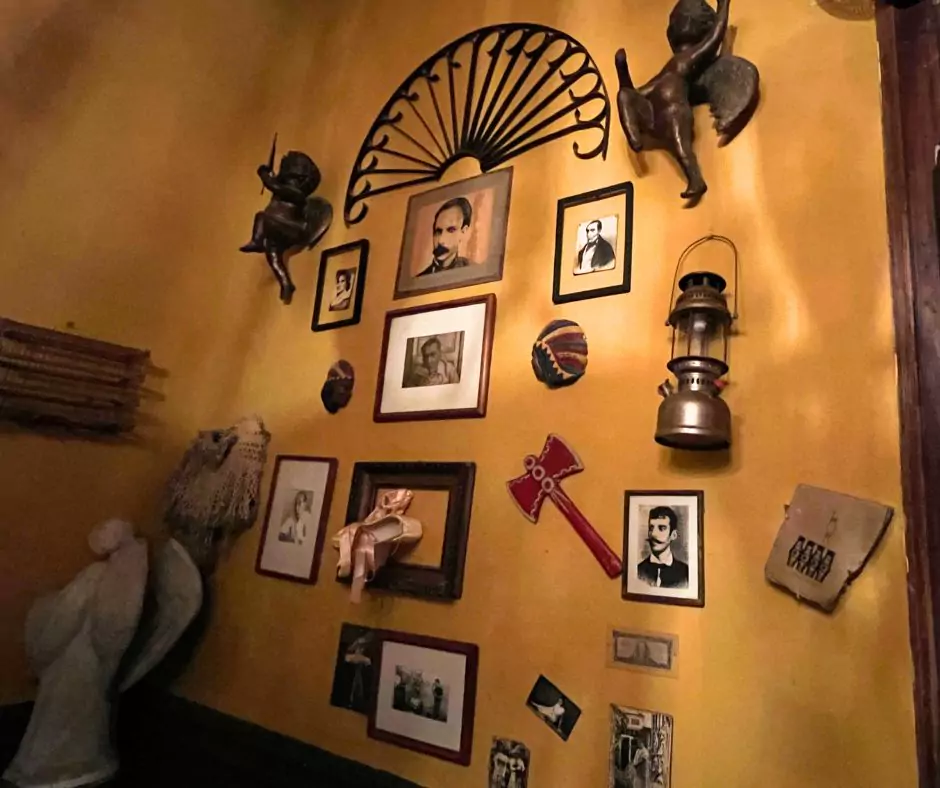
More than just a dining venue, La Guarida embodies the essence of Cuban culture and cinema. It has become a symbol of artistic expression and social commentary, particularly during Cuba’s challenging “Special Period” following the collapse of the Soviet Union. Dining at La Guarida offers a unique opportunity to connect with Cuba’s rich heritage while savoring its delicious cuisine, making it a must-visit for any foodie or film enthusiast.
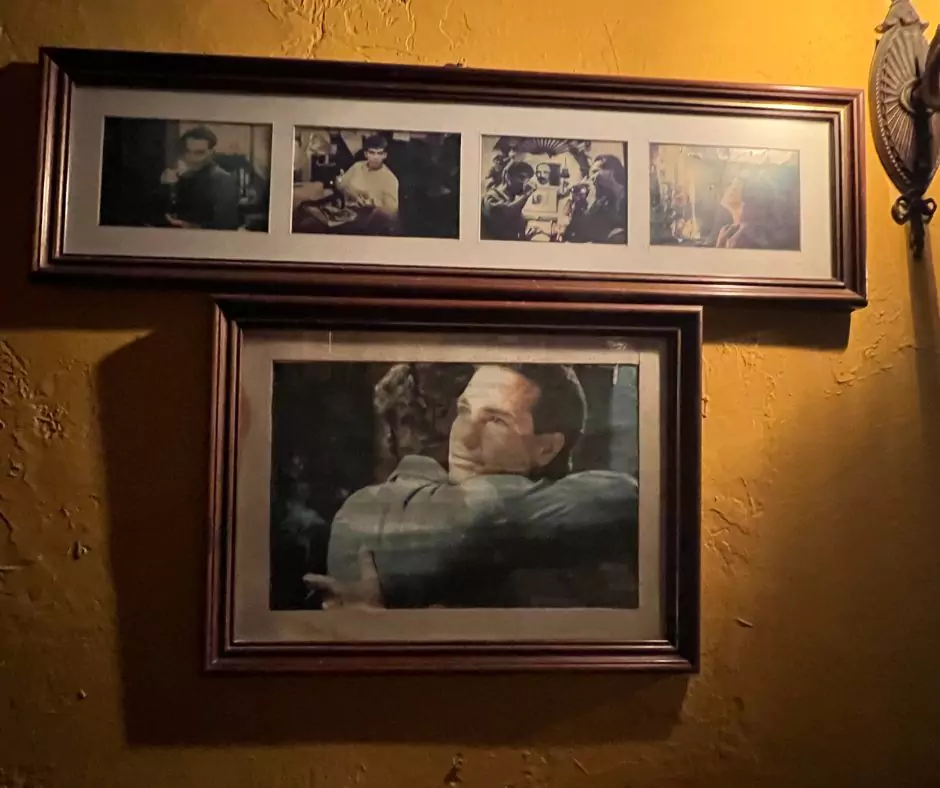
The restaurant is housed in a beautifully restored mansion built in 1913, showcasing a blend of classic Cuban architecture and contemporary design. Its eclectic decor, filled with art and literature, creates an inviting atmosphere that reflects the artistic spirit of the film and the broader cultural landscape of Cuba. Guests can indulge in a menu that highlights local ingredients and traditional recipes, all while immersing themselves in the rich history that surrounds them.
La Guarida is not only celebrated for its culinary offerings but also for its stunning ambiance, making it a true gem in the heart of Havana.
The Importance of Strawberry and Chocolate
The film is not only significant for its storytelling but also for its profound cultural implications. Released during difficult times in Cuba, Strawberry and Chocolate serves as a social commentary on identity, freedom, and human connection. It explores several key themes:
- Representation of LGBTQ+ Issues: The film bravely addresses themes of homosexuality and intolerance through the relationship between David, a straight university student, and Diego, an openly gay artist. This representation was groundbreaking in Cuban cinema, as it openly confronted homophobia and the marginalization of LGBTQ+ individuals in a socialist society that had often stigmatized non-conforming identities. It helped initiate public discourse about sexual diversity and tolerance, marking a cultural shift toward greater acceptance.
- Critique of Dogmatism: Diego embodies intellectual freedom and individuality, while David initially represents the rigid values of the Cuban Communist Party. The film critiques political and ideological intolerance, suggesting that human connection and understanding transcend rigid political beliefs.
- Allegory of Cuban Identity: The contrasting personalities of David and Diego metaphorically represent different facets of Cuban identity: traditional revolutionary values versus creative, diverse, and pluralistic cultural expressions. Their eventual friendship symbolizes the potential for reconciliation and unity within Cuban society.
La Guarida in the Film
Several key scenes take place in La Guarida, particularly in Diego’s apartment, which serves as a pivotal location for the film’s exploration of themes such as individuality, artistry, and cultural richness. Key aspects of La Guarida include:
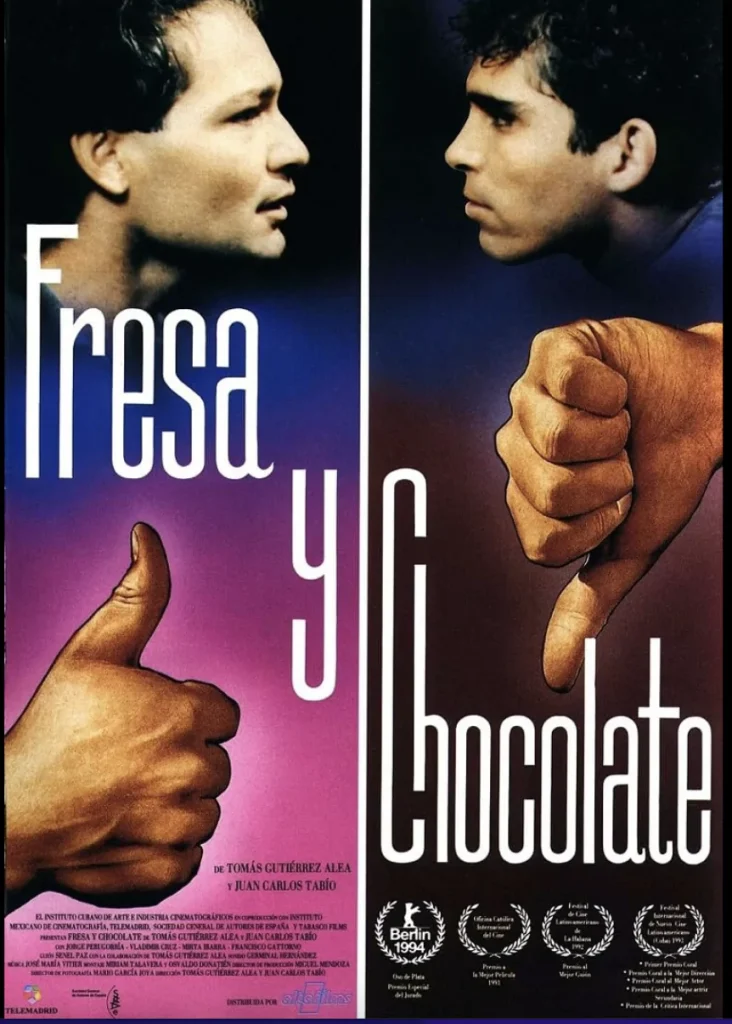
- Diego’s Apartment as a Meeting Ground: Many philosophical and ideological debates between David and Diego occur in Diego’s apartment, filmed in La Guarida. The eclectic decor, filled with books, art, and personal touches, contrasts sharply with the austerity of 1990s Cuba, symbolizing Diego’s intellectualism and individuality.
- Introduction to Diego’s World: When David first visits Diego’s home, he is exposed to a new world of art, culture, and ideas. La Guarida, with its grand yet decaying colonial architecture, reflects the beauty and complexity of Cuban identity and Diego’s struggle for self-expression.
- Moments of Vulnerability and Connection: The intimacy of La Guarida’s setting underscores the growing understanding and friendship between David and Diego, despite their ideological differences. The space serves as a sanctuary where Diego expresses his vulnerabilities, frustrations, and hopes, contrasting sharply with the societal constraints outside its walls.
Symbolism of La Guarida
The deteriorating yet beautiful building mirrors the state of Cuban society during the Special Period—struggling but filled with potential and cultural depth. Diego’s curated apartment within the crumbling structure symbolizes the resilience of creativity and personal freedom amidst hardship, encapsulating the film’s overarching themes of love, tolerance, and mutual understanding.
Impact on Cuban Film and Society
The legacy of Strawberry and Chocolate extends beyond its cinematic achievements, influencing the Cuban film industry and society at large:
- Impact on the Cuban Film Industry: Strawberry and Chocolate brought Cuban cinema to the global stage, earning international acclaim and awards, including an Academy Award nomination for Best Foreign Language Film. The film highlighted the storytelling power of Cuban filmmakers, even amid the economic hardships of the Special Period.
- Social Influence: It contributed to the cultural normalization of LGBTQ+ identities in Cuba and helped pave the way for later reforms, such as increased advocacy for LGBTQ+ rights in the 2000s and beyond. The film’s nuanced portrayal of interpersonal relationships encouraged empathy and understanding among audiences, fostering a sense of shared humanity.
- Artistic and Intellectual Significance: Diego’s love for literature, art, and classical music celebrates the richness of Cuban and global culture, challenging the idea that these pursuits are incompatible with socialist ideals. The film champions the role of artists and intellectuals in fostering critical thought and societal change.
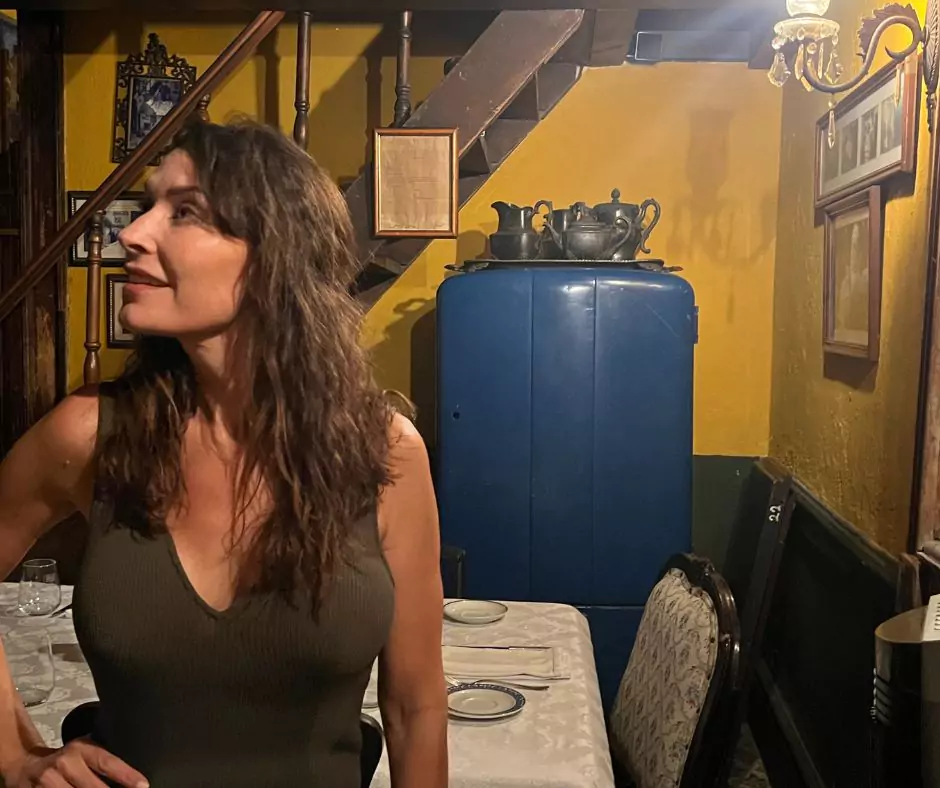
Key Takeaways
La Guarida stands as a testament to Cuba’s cultural and culinary evolution. Its connection to Strawberry and Chocolate elevates it beyond a mere dining experience; it offers a glimpse into the heart of Cuban identity and artistic resilience. As Cuba continues to redefine its culinary landscape, La Guarida remains a must-visit destination for both food lovers and cinema enthusiasts alike, celebrating the richness of Cuban culture through food, film, and friendship.
Watch the Full Episode Exploring Cuba:
More Recommended Travel Destinations For You
Florida’s Diversity: Miami’s Vibes to Key West’s Charm
Art Ovation Hotel: 5-Star Luxury & Sarasota’s Vibrant Art
Restored Nottoway Plantation Offers New Attractions
Exploring the Blisgeau Biosphere in Saarland, Germany
6 Must-Do Activities in Augsburg, Germany: Top Attractions and Experiences









